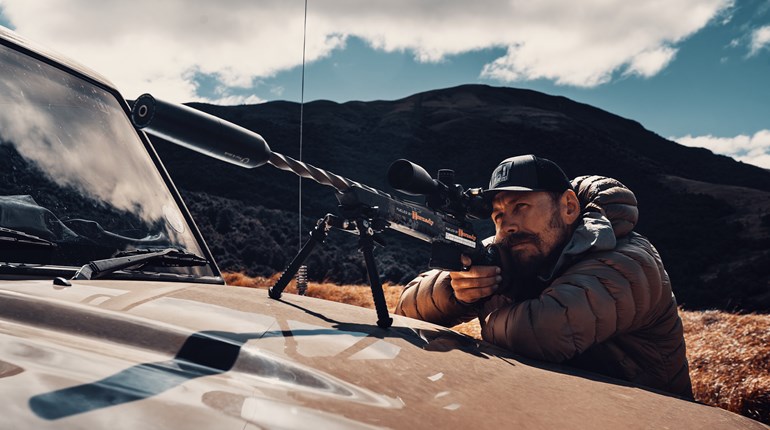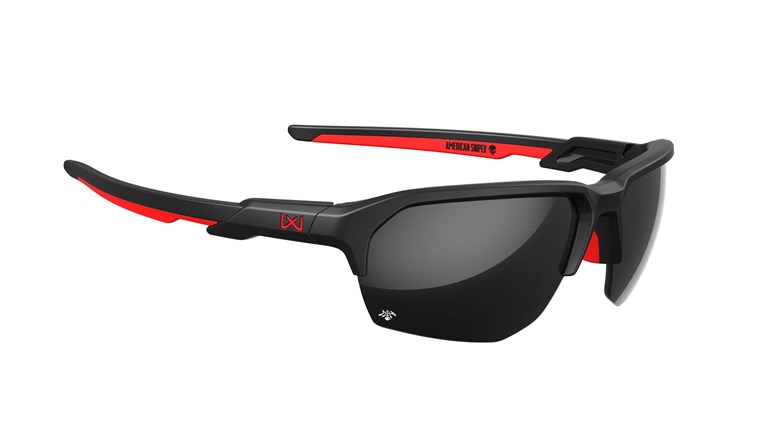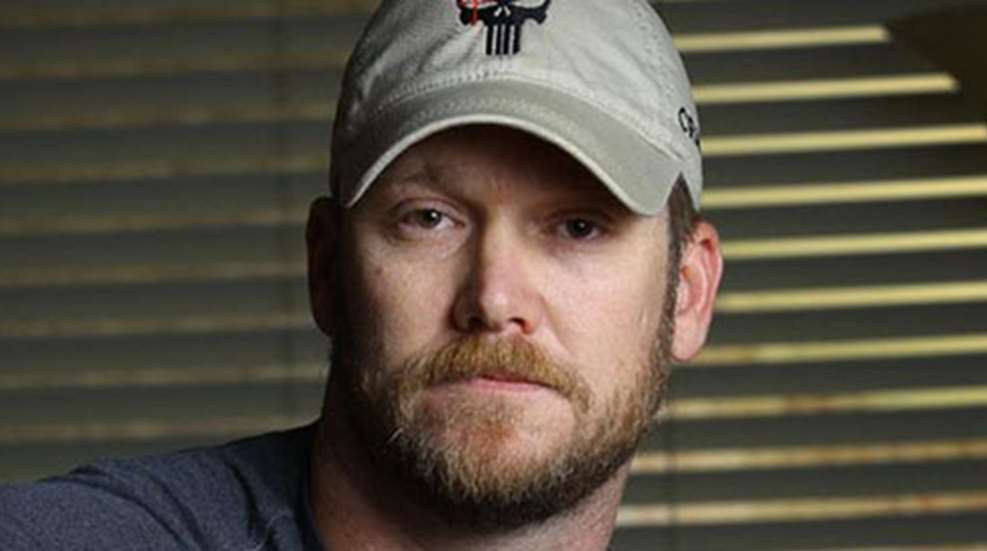
SI: When you appeared on "Conan" [Conan O'Brien's talk show on TBS], he briefly got into what it takes to connect at long range. Were you surprised to be discussing—albeit in the most rudimentary sense—ballistics on a late-night talk show?
CK: That's actually been a common theme of questions I've been asked. So no, it wasn't a surprise.
SI: You mentioned you think Carlos Hathcock was the greatest American sniper ever. Why do you rank him ahead of yourself?
CK: The kills come because of the situation you're in. I was presented with a lot of targets. The snipers in World War II were given more opportunities than anyone since. Hathcock, on the other hand, used all the skills a sniper needs to know—stalking, concealing his movement, waiting for the right moment, etc.—and did so better than anyone. That's the real skill of being a sniper, not just the final moments of the shot.
SI: When did you start shooting?
CK: I started when I was three or four with a BB gun. I was eight when I first shot a rifle. The first rifle I had was a Remington Model 700 in .30-'06 Sprg.
SI: You joined the military at the relatively old age of 24. Why?
CK: I had wanted to serve in the military for a long time. I grew up in a very patriotic household. When I was 19, I got in a rodeo accident that resulted in getting pins in my arms to fix broken bones. As a result, I was denied by a recruiter when I was 20. That same recruiter kept my phone number, and I guess they must have been short a few guys, because he called me a few years later.
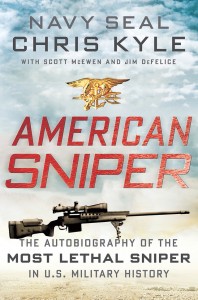 SI: What made you decide to write "American Sniper?"
SI: What made you decide to write "American Sniper?"
CK: There were people seeking my stories for books of their own, and I figured I could write about my experiences better than anyone else. I wanted to advocate for vets—to draw attention to vets and their families. Of my portion of the profits, 100 percent will go to those families and other charities. I'm not only going to talk about helping veterans, I'm going to walk the walk.
SI: You're obviously known for your skill with a rifle. What was your primary rifle in the service?
CK: My favorite was a .300 Win. Mag. rifle with an Accuracy International stock. It was a Crane-designed rifle that handled real well and delivered superior accuracy over standard-issue rifles.
SI: How did you determine what rifle to take on a mission?
CK: We'd look at overhead imagery before mission and estimate what was the longest possible shot we might have to take. Beyond 1,000 yards, I'd take the .300 Win. Mag. 7.62 NATO just doesn't have the range or punch at those really long distances. The .300 Win. Mag. also worked just fine on closer targets—it put them down faster than the 7.62 NATO could.
SI: How often did you use handguns while in the Navy and what was the model you used most often?
CK: We were issued the SIG P226, but I'm not a fan of 9 mm. On one deployment, I brought my own SIG P220 in .45 ACP.
SI: If you could pick which sidearm you carried into combat, which would it be?
CK: I'm a huge fan of 1911s and I carried a Springfield TRP Operator a few times in the field.
SI: Do you carry concealed?
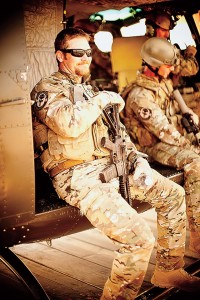 CK: Yes I do. My main gun is a micro-compact Springfield 1911, but it's been heavily customized. The frame is the only thing left that is from the Springfield factory.
CK: Yes I do. My main gun is a micro-compact Springfield 1911, but it's been heavily customized. The frame is the only thing left that is from the Springfield factory.
SI: How often do you shoot since you left the military?
CK: I shoot three times per week usually. It's my job now. I'm training military and law enforcement personnel through Craft International. I know that the students and other instructors would love to say they shot better than me, so I try to keep my skill level up and continue to improve. The most important thing is to help make sure guys going overseas and folks keeping us safe here at home have the skills needed to get home safe after a hard day's work.
SI: What would you recommend for the armed citizen in regard to training?
CK: It is everybody's given right to defend themselves and of course to be armed. If you're going to be armed, you should learn how to use it. It's that simple.
SI: What was your longest shot in Iraq?
CK: The longest was 2,100 yards. It took place outside of Sadr City while providing overwatch. We saw movement against a friendly convoy—a guy trying to hide on top of a roof. I noticed he had RPG and was raising it to attack the convoy, so I took the shot. I was using a .338 Lapua Mag. rifle that day.
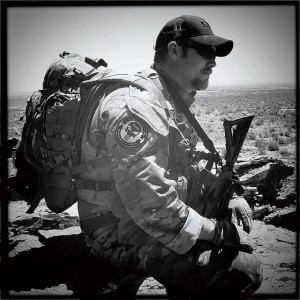 SI: Did combat in Iraq differ from what you had grown to expect to experience during your training?
SI: Did combat in Iraq differ from what you had grown to expect to experience during your training?
CK: No matter how much training you do, you can never simulate the emotion of combat—the fight-or-flight instinct that kicks in. War is hell. You lose friends. But sometimes it is a necessary evil.
SI: When did you join the NRA and why?
CK: I joined in the last few years, after I left the Navy. I need to be able to show I'm 100 percent in favor of the right to keep and bear arms, and there is no better way than to join the NRA.













